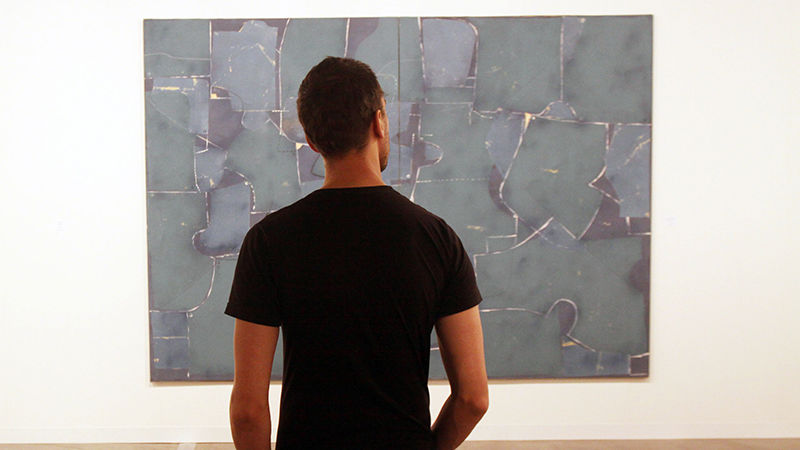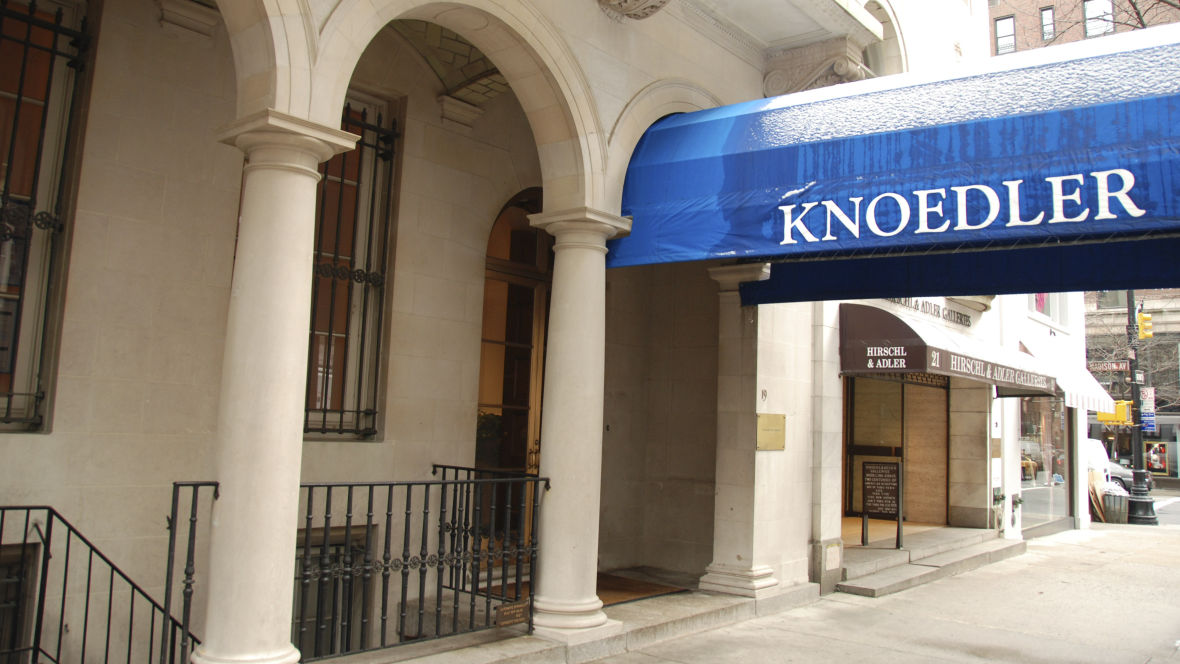The New York art world was shocked when the city’s oldest gallery abruptly closed its doors more than four years ago. A few days later, news broke that Knoedler & Company was accused of selling paintings it now admits were forgeries for millions of dollars each. The gallery and its former president face several lawsuits by angry collectors and the first trial began this week.
The forgeries at the center of the scandal look like masterpieces by Jackson Pollock, Willem de Kooning and other prominent abstract expressionists. They were good enough to fool experts, and even Ann Freedman, then-president of Knoedler & Company, says she was duped.
Her lawyer, Luke Nikas, says, “Ann Freedman believed in these paintings. She showed them to the whole art world. She showed them to experts. And she has piles and piles of letters from all of these experts informing her that the works are real.”
Nikas says Freedman even bought some of the paintings for her own personal collection. But the plaintiffs in this case and other pending lawsuits say Freedman overlooked glaring problems with the paintings’ backstories. The art dealer who sold the paintings to the gallery, a woman named Glafira Rosales, pleaded guilty to fraud and money laundering charges in 2013. According to Freedman, Rosales told an elaborate story involving a European collector (known only as “Mr. X”) who bought the paintings with cash in the 1950s, when he was having an affair with an assistant at two top New York galleries.
“It’s quite a tale, and people bought it,” says Amy Adler, who teaches art law at New York University. “I suppose the temptation would be there — not just for buyers, but, yes, even for sellers — to think they’d happened upon these magnificent, undisclosed masterpieces.”


9(MDAxOTAwOTE4MDEyMTkxMDAzNjczZDljZA004))

